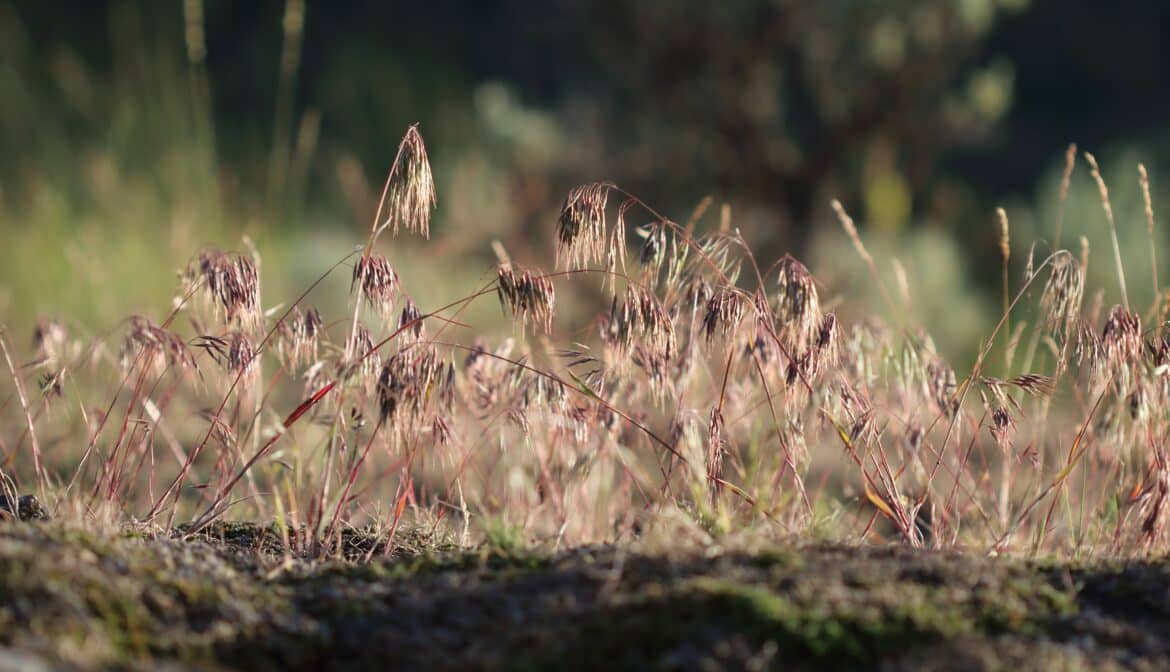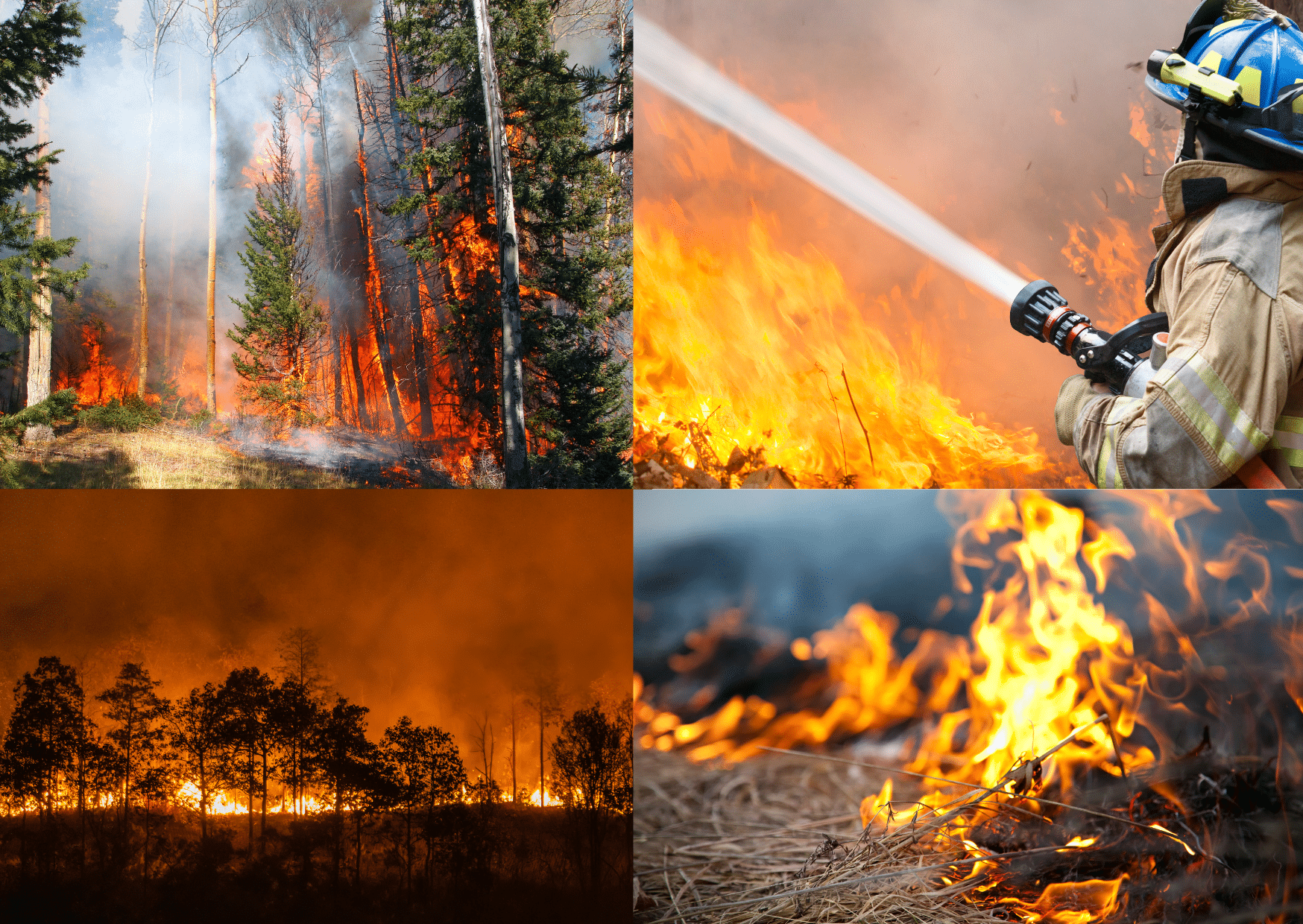By Lisa Houle | June 11, 2024
In a recent announcement by the B.C. Government, the Ministry of Forests is investing $15 million in 2024 to protect water, water infrastructure and cultural heritage values in the Okanagan. Phase one of the multi-year, multi-phase project begins with fire-mitigation work to reduce the risk of wildfires. This includes removing flammable, woody material, thinning or pruning stands, and removing fallen or dead debris.
In 2023, a total of 2,840,104 hectares were lost to wildfires across B.C., costing the province an estimated $1,094.8 million. As more communities have been affected by wildfires in recent years, taking proactive steps to reduce fire risks makes sense. But to really reduce the risk of wildfire, invasive species management must be part of the project.
“There are several invasive plants on B.C. roadsides and in our forests that create additional fuel for fires. It’s not just woody material and debris we should be worried about,” said Dave Ralph, ISCBC’s Senior Manager of Operations. “Managing the spread and density of invasive plants lessens the risk and intensity of wildfires.”
Reducing the risk of wildfire is everyone’s responsibility. Industrial and forestry workers can also help manage the spread of invasive species in our forests by developing Invasive Species Management Plans. These plans help identify, control and monitor invasive species in areas susceptible to wildfire. Practicing Work Clean Go – cleaning gear, equipment and vehicles between worksites to reduce the spread of invasive species – greatly reduces invasive species spread.
Cheatgrass is an invasive plant found in many southern regions across B.C. This annual grass grows early in the season, creating dense stands with sharp bristles which can injure the eyes and mouths of livestock and other animals. At the peak of summer this grass dies back, leaving large piles of flammable material littering the ground.

Scotch broom is extremely flammable. Its high oil content means it will quickly increase the intensity of wildfires. Primarily found on the west coast and some southern interior regions of B.C., this invasive plant spreads easily, and is often found along roadsides, forests, and areas with disturbed soil. Toxic to wildlife, scotch broom can live up to 25 years and produce seeds that can survive in the soil for 30 years.

Gorse is an invasive plant found in a few locations on Vancouver Island and on B.C.’s Gulf Islands. A single plant can live up to 45 years and each plant can disperse up to 18,000 seeds annually. Gorse thrives on roadsides, fields, and in sandy and rocky soil. In addition to the large amounts of plant material it creates, its volatile oils make it a serious fire hazard.

After a fire, spotted knapweed is an invasive plant likely to invade and emerge first, releasing a chemical that inhibits the growth and germination of surrounding plants. Most knapweed is found in southern B.C., although it is also predominant in the northern region. Spotted knapweed spreads easily, establishing itself in grasslands, open forests and along roadsides, choking out forage for livestock and wildlife.

“Invasive plants such as cheatgrass, scotch broom and gorse can increase biomass on the grasslands and forest floor which fuels wildfires. They tend to burn hotter which accelerates fire spread, and increase the likelihood of severe wildfires,” said Dave. “In addition, invasive plants are also some of the first to invade after a wildfire as they are more resourceful and have a faster recovery time than native and non-invasive plants.”
To help reduce the spread of invasive plants, do your part by practicing PlayCleanGo. After hiking, give invasive species the boot! Inspect and brush off unwanted hitchhikers from your boots, clothes, gear, and even your pets to ensure plant parts have no place to hide. Whether exploring by bike, ATV, or another vehicle, start and end your day with clean tires and gear. Adopting simple practices like these can make a big difference.
Lisa is a Communications and Outreach Coordinator at ISCBC. She values a diverse environment and connecting with others about environmental protection. In her spare time Lisa enjoys spending time at the ocean and beach combing for sea glass. You can reach Lisa at lhoule@bcinvasives.ca
Share




